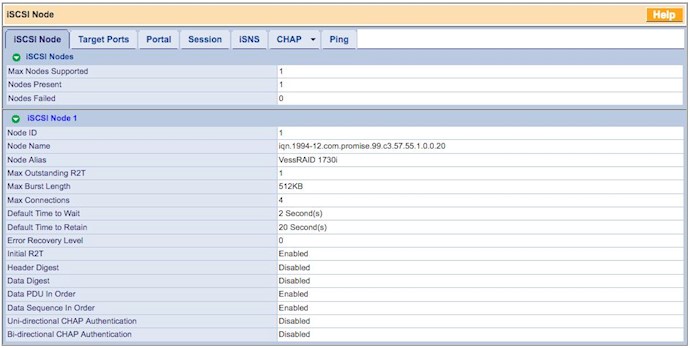Hello everybody!
I have no prior experience with iSCSI and I would like to ask for a little guidance.
I currently have a VessRAID 1830i up and running. There is a link aggregation between all the four ports of the controller and a windows server (initiator) mounts at boot the folders of the VessRAID. It all works (with my great happiness).


Now, I need to set up a new Debian server which should mount the VessRAID partitions (via iSCSI) without interrupt the service on the windows server.
I was hoping to initiate a new iSCSI session on the Debian server, and access the files both from the windows and the Debian server. But I soon found out that it's not possible to have multiple connections on the same ports.
So, can you confirm me that what i need to do is to modify the present linked aggregation from:
(port1 master, port2 slave, port 3 slave, port4 slave)
to two aggregations: (port1 master, port2 slave) (port 3 master, port4 slave)
Then create a new iSCSI node on the new link and after that I would be able to initiate the connection with open-iscsi on Debian?
Would the windows server be influenced by it (beside, i assume, a very short network disconnection and a lower transferring speed)?
Is there any precaution you would advise me to take before I start?
Thanks very much!


